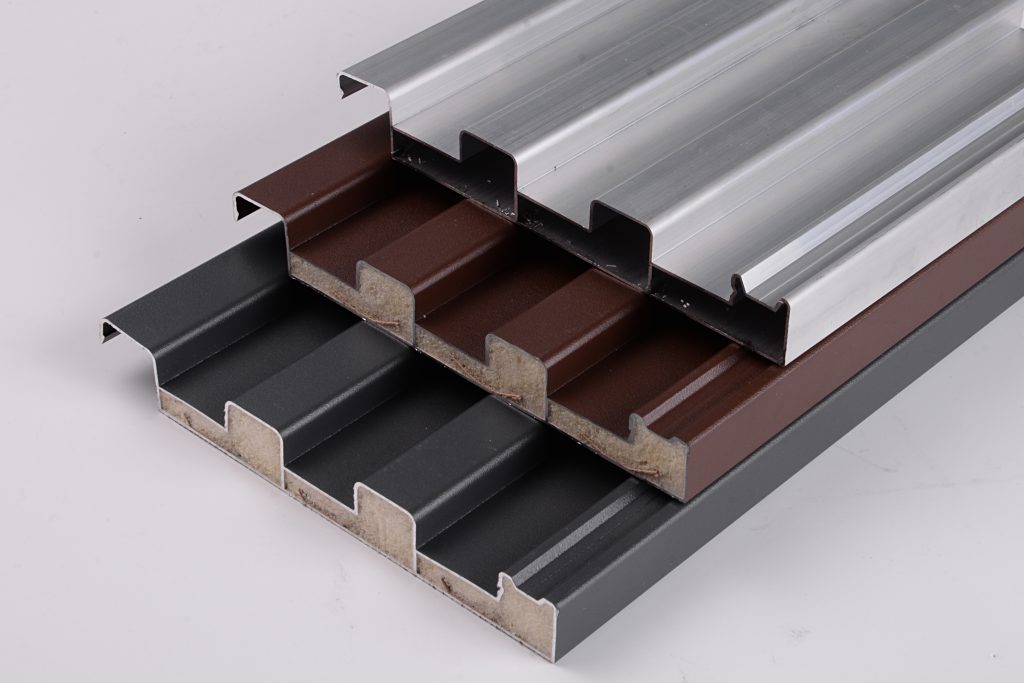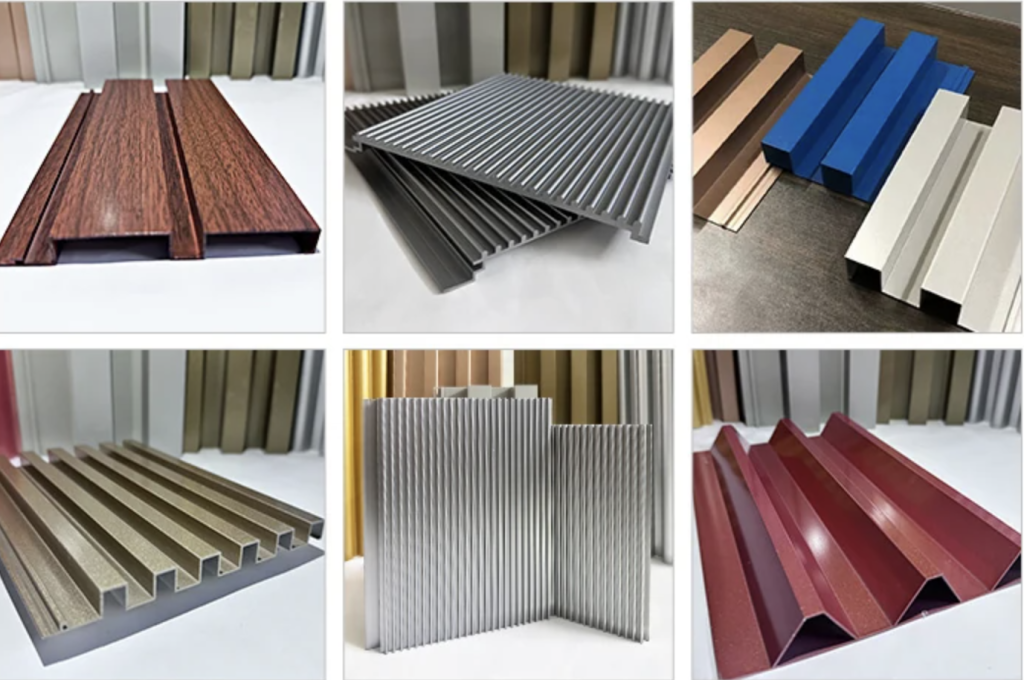The Complete Guide to Aluminum Roofing: Types, Uses, Benefits

Metal roofing comes in several types: aluminum, stainless steel, copper, and galvanized steel. While aluminum isn’t as common as steel, it offers many advantages.
Aluminum roofing is strong, durable, and energy-efficient. It shields your home from rain and sun, keeping your family safe and comfortable.
If you’re considering aluminum roofing or need advice, this guide will cover everything you need to know.
What is Aluminum Roofing?
Aluminum roofing uses sheets or shaped metal pieces made from aluminum. It weighs 0.5–1.5 pounds per square foot, making it lighter than steel or copper. Builders choose aluminum when structures cannot support heavy materials like concrete tiles or slate.
Aluminum resists rust and saltwater damage better than steel. When exposed to air, it forms a thin oxide layer that prevents corrosion. Coastal homes and industrial buildings near oceans often use aluminum roofing for this reason.
Two common aluminum roof styles exist:
- Flat or corrugated panels – Used on modern warehouses, factories, and minimalist homes.
- Shingle-style panels – Mimic traditional materials like wood shakes or clay tiles. These suit residential homes and retail buildings.
Aluminum has high strength relative to its weight. It withstands wind speeds up to 140 mph when properly installed. However, hail larger than 2 inches can dent most aluminum roofs.
Installation costs range from $8–$16 per square foot. While pricier than asphalt shingles initially, aluminum roofs last 40–70 years with minimal maintenance. Avoid walking directly on panels, as foot traffic can cause dents over time.
Key Fact: Aluminum roofs reflect 65% of solar heat, reducing cooling costs by up to 20% in warm climates.
Worried about the cost? Hugh Aluminum offers factory prices on quality aluminum roofing. With over 40 models to choose from, we help you stay within budget while getting the best materials.
Where do Aluminum Roofs Work Best?
Aluminum roofing offers durability, lightweight, and corrosion resistance. This section looks at where aluminum roofs perform best, including coastal areas, commercial spaces, homes, public buildings, and industrial facilities.
Coastal Properties: Salt Air Resistance
Coastal locations face harsh salt spray that damages many metals. Aluminum resists corrosion, making it ideal for beachfront shops, condos, and marinas. Aluminum roofs last longer than most materials in coastal weather, often outlasting the buildings they protect.
Commercial Buildings: Durable and Stylish
In commercial settings like malls or casinos, aluminum roofs handle extreme weather and heavy foot traffic. They reflect sunlight, cutting cooling costs. Their fire-resistant properties also help protect high-traffic areas. Aluminum is lightweight, making it easy to retrofit older buildings without adding extra support.
Homes: Weather Protection
Aluminum roofs work well for homes of any size. They resist hail and come in a variety of colors. Aluminum roofs are long-lasting and often outlive the homeowners who install them.
Public Buildings: Safety and Reliability
Aluminum roofs are ideal for public buildings like hospitals and libraries. Their non-sparking surface and Class A fire rating make them safe. In stormy weather, they keep these buildings dry, even if the power goes out.
Industrial Facilities: Strong and Efficient
Aluminum roofs are perfect for industrial buildings like warehouses or factories. They stand up to chemicals and extreme temperatures. Aluminum is light enough to cover large areas without the need for heavy machinery.
What Are the Types of Aluminum Roofing?
Aluminum roofing comes in different styles. The main differences are shape, application, and how they’re made. Here are two common types:
Aluminum Panel Roofing
This roofing uses large or connected aluminum panels. It is easy to install—simply place the panels on the roof. Aluminum panel roofs are lightweight but less decorative. They’re a good choice for simple, practical roofing.
Aluminum Tile Roofing
This roofing uses aluminum tiles in shapes like wave, flat, arc, or V-shape. The tiles are light, waterproof, fire-resistant, and corrosion-resistant. Aluminum tile roofs are great for commercial buildings and offer both style and durability.
Related products: Wavy extruded aluminum roofing tiles
Choose the type that best fits your needs. Each style offers specific advantages depending on your project.

What Are the Disadvantages of Aluminum Roofing?
Expansion in Heat
Aluminum expands in hot weather—twice as much as steel. This requires extra space during installation. For panels longer than 20 feet, expansion screws are needed. For smaller roofs, another metal might be a better choice.
High Cost
Aluminum roofing is more expensive than other metal options. Panels cost between $9-$16 per square foot, while shingles range from $12-$28 per square foot. The price varies based on thickness, finish, and other factors.
Easily Damaged
Aluminum is soft and can bend or dent more easily. Contractors need to handle it carefully during installation, which may increase labor costs.
These downsides are important to consider before choosing aluminum roofing.

Wrapping Up
Aluminum roofing is a solid choice. It offers various benefits, but is it the right option for you? Here’s a quick guide:
Consider aluminum if you:
- Live in a coastal area. Aluminum resists saltwater corrosion, making it ideal for seaside environments.
- Need a lightweight roof. Aluminum is easy to install and saves on labor costs.
- Want low maintenance? Aluminum roofs last a long time with little upkeep.
- Have a higher budget and want a sleek, durable roof design.
Hugh Aluminum provides high-quality materials at great prices. If you’re ready for a reliable, attractive roof, contact our team today!







